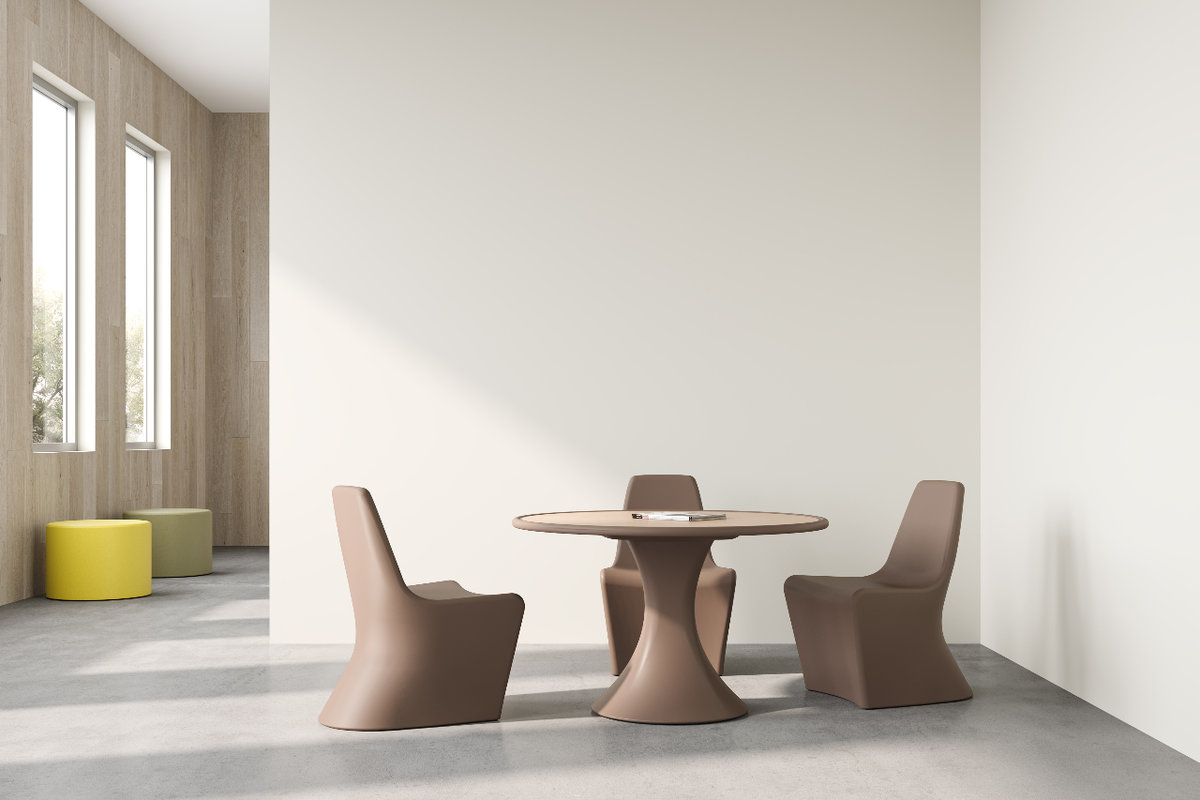Today’s options for where and how healthcare is delivered continue to evolve, and that means facility planners, architects, and interior designers can collaborate in more ways than ever to create truly unique spaces for care environments. When it comes to specifying furniture for General Healthcare and Behavioral Health facilities, a range of best practices should apply to each category, and help guide decision makers.
From playful pediatric offices to supervised Behavioral Health therapy zones, every aspect of a medical setting should be designed with its specific type of patient, visitor, and care provider in mind. As research continues to surface, our Behavioral Health Interior Design Consultant, Suzanne Fawley, shares a few best practices that differentiate between the two design realms. Below are three key differences between designing for General Healthcare and Behavioral Health settings:
- Room layouts meet standards for broad application in general healthcare, and are personalized for Behavioral Health. All who enter an outpatient specialist’s office or waiting area in a hospital can expect the same options for seating, from the distance between seats to the quality and feel of the actual furniture available to sit in. The furniture and materials are typically carried throughout the facility, often pre-determined by general furniture evaluations that turn into a furniture standards program. That consistency leads to ease in future purchasing and budgetary control. With Behavioral Health, there are no guidelines or “typicals” because all behavioral care environments are different, treating varying levels of crises, and as such, might have varying needs for seating and interaction (or isolation). Because of that, BH spaces should include “spaces within a space,” which features vignettes that are not one-size-fits-all.
- Intentional design patterns speak in general healthcare and soothe in Behavioral Health. In a primary care practice or pediatrician’s office, the wall covering might feature multiple colors or patterns that add liveliness to the space, or are used as zoning indicators. Behavioral Health settings, by contrast, should feature soothing, simple, earth-inspired tones that assist relaxation and do not distract or feed anxiety. Stance is proud to offer many high-performance fabrics in soothing tones.
- Materials often prioritize aesthetics in general healthcare and performance in Behavioral Health. Doctor’s offices can have their own personalities when it comes to finishes and textures in furniture, whereas in Behavioral Health, we should be mindful of materials prone to picking or tearing, such as popular textural tweeds or laminates often found in general healthcare environments. A few safe, long-lasting material selections for Behavioral Health furniture include Forbo Marmoleum, Corian solid surface, and newer textiles like CF Stinson high-performance fabrics. Proper environment specific specification of materials is most important.

Though a much bigger conversation, by keeping these differences in mind, facility planners and interior designers can create General Healthcare and Behavioral Health treatment spaces that support all patients, visitors, and care providers. As a trusted furniture supplier in both industries, Stance will continue to evolve and produce furniture that helps achieve these unique experiences for all.